By Sandhya Sridhar
The Ashoka pillar is the national emblem of India. The Ashoka chakra is present on our country’s national flag. Oft-told history, as we all know, point to these as a legacy of Emperor Ashoka, who turned to Buddhism after the bloody war of Kalinga.
However, did you know that the existence of Ashoka was lost in time until British scholars and orientalists discovered his trail and stumbled upon his extraordinary reign painstakingly recorded by inscriptions on pillars, rocks and in caves?
Who was Ashoka? He was the third Mauryan emperor, son of Bindusara and grandson of Chandragupta Maurya. He ruled from 273 BCE to 232 BCE, and during his time, the Mauryan empire spanned Afghanistan, some areas in Persia, and down the sub-continent, till Mysore in the South.
What we know today of Ashoka are from his numerous rock or pillar edicts, all carved in a language called the Ashoka Brahmi. India’s Buddhist past had all but faded into a distant memory until the 14th century, when Sultan Firoz Shah Tughlaq ascended the throne of Delhi. To mark his rule, he brought two ancient stone pillars he discovered and resurrected them in Delhi as symbols of his victory. These pillars were hewn from single blocks of stone, and were monoliths. The stone pillars had inscriptions on them, and Firoz Shah tried to have them deciphered, but in vain.

Two hundred years, many attacks and pillaging were to pass before the entry of the British into India. It was in the 1600s when the pillars caught the attention of one James Marshall, who in a spirit of enquiry travelled into interior India, where near a village named Bannia, he recorded a similar pillar. At about the same time, the French traveller Jean Baptiste Travenier also recorded a pillar in Varanasi, which stood in the environs of a mosque that had been recently built.
These pillars and the rock edicts of Ashoka left behind details, that when deciphered, told the tale of his life and rule. His rock edicts are classified into the Fourteen Rock Edicts and the Minor Rock Edicts. The Pillars have inscriptions too, and so too caves in the Barabar hills of Bihar. These edicts set out details of his administration and his religious beliefs, and have been signed off in his name, as Piyadasi.

The Englishman James Prinsep has been credited with deciphering the inscriptions of the edicts and the pillars. Thanks to these, we know that Ashoka was not the typical well-built, handsome ruler that one would imagine him to be. Instead, he was short, and not particularly good-looking, and had pockmarked skin, according to accounts. Young Ashoka was brutal, for he killed ninety-nine of his brothers before ascending the throne.
Historians and scholars debate that Ashoka was Buddhist even before the Kalinga war. However, the slaughter and bloodbath of the Kalinga led Ashoka towards great grief and remorse, and the deepening of his philosophy of Buddhism. Thus, his establishment of Buddha’s Dhamma, among which non-destruction of life came to be mentioned in some of his inscriptions. One of the inscriptions goes thus:
No animal should here be immolated and offered as a sacrifice … Only three animals were being killed for curry – two peacocks and one deer … even these animals will not be afterwards killed.
Ashoka signed off his edicts and inscriptions as Priyadarsin or Piyadasi, translated as ‘beloved of the Gods’.

The stone pillar of Ashoka at Sarnath had a lion capital, featuring four lions back to back. This was adopted as the national emblem of the country on our first Republic Day, January 26, 1950, with the words Satyameva Jayate inscribed below.
The Ashoka chakra that stands at the base of the capital was incorporated in our national flag.
Thus, the forgotten king has been immortalised as emblems of our democracy, his edicts and inscriptions leaving behind great insights into the history of his time.

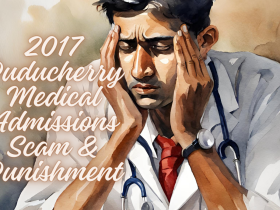


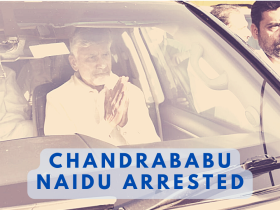

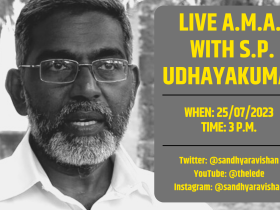


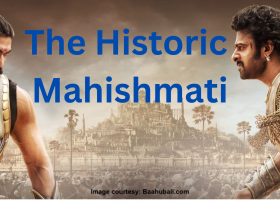

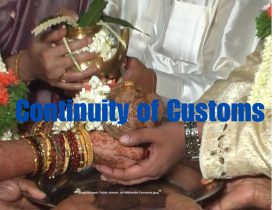

Leave a Reply